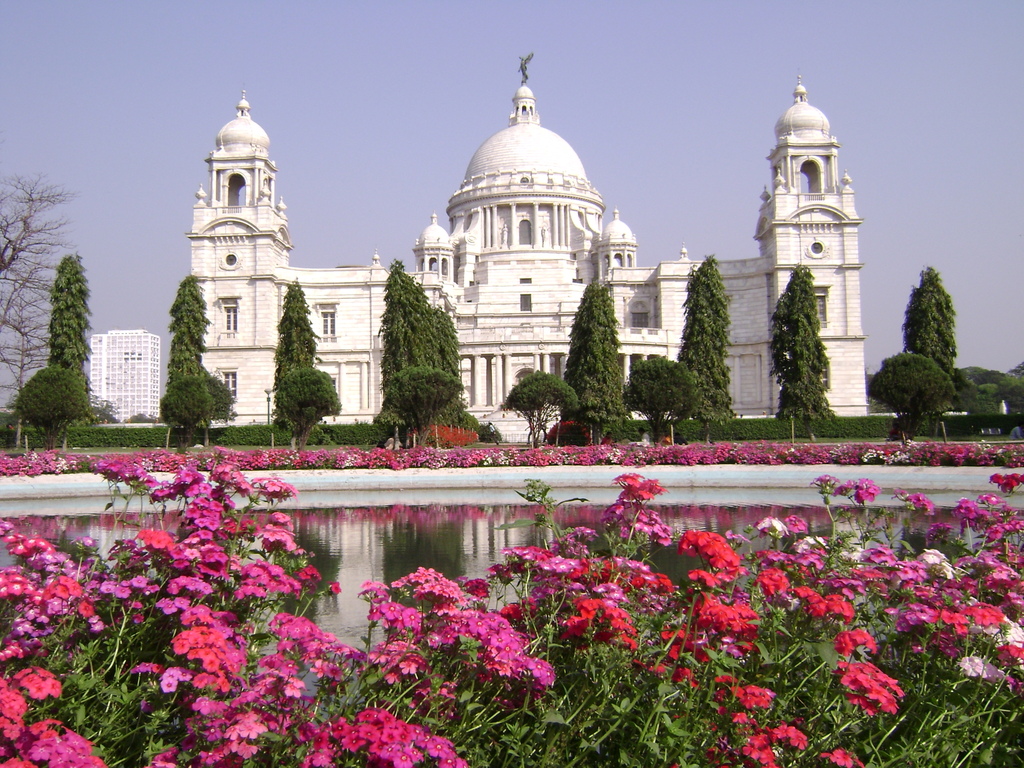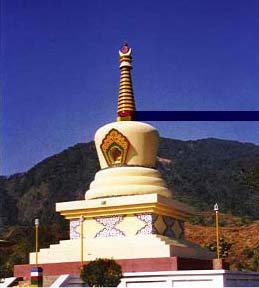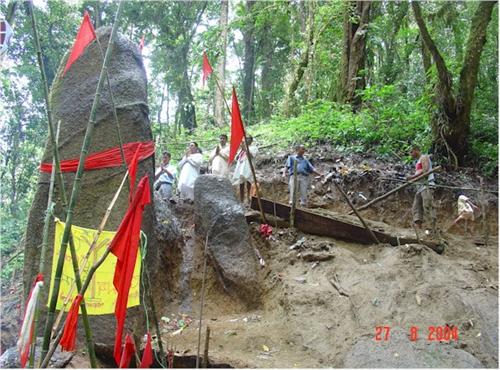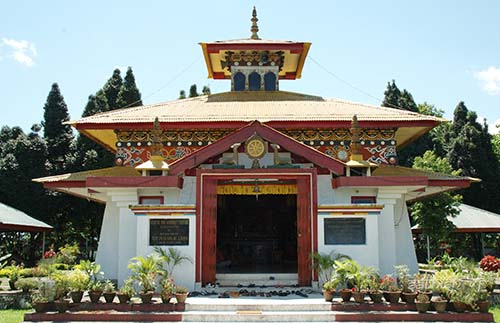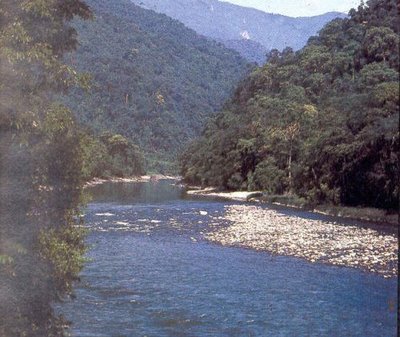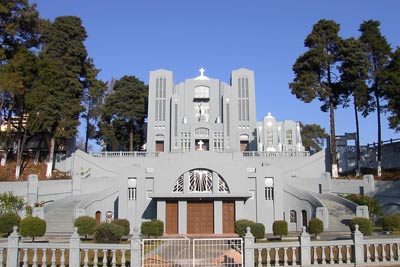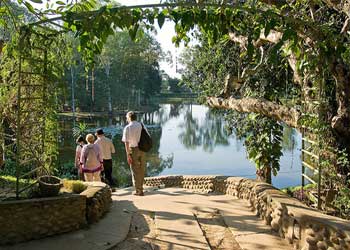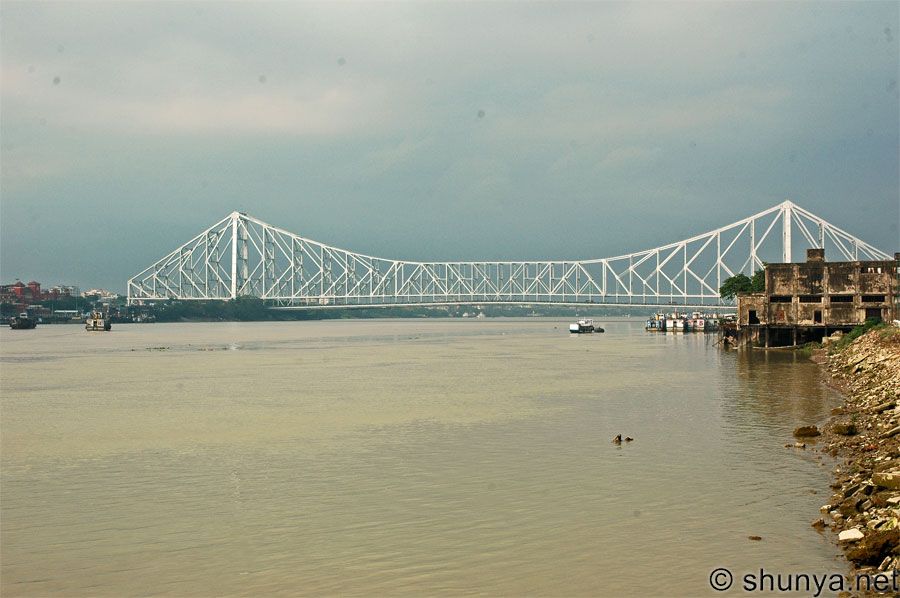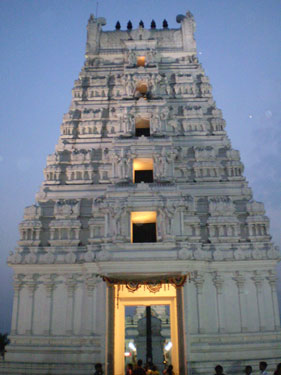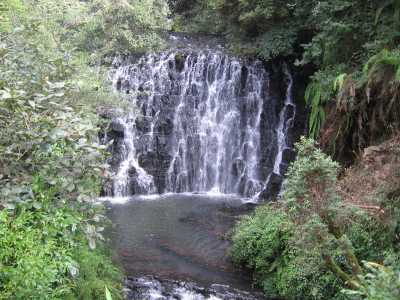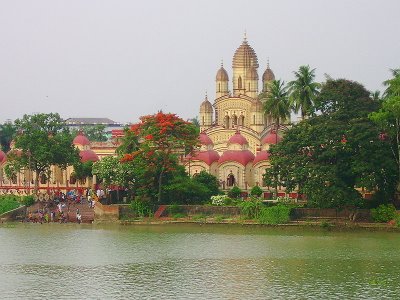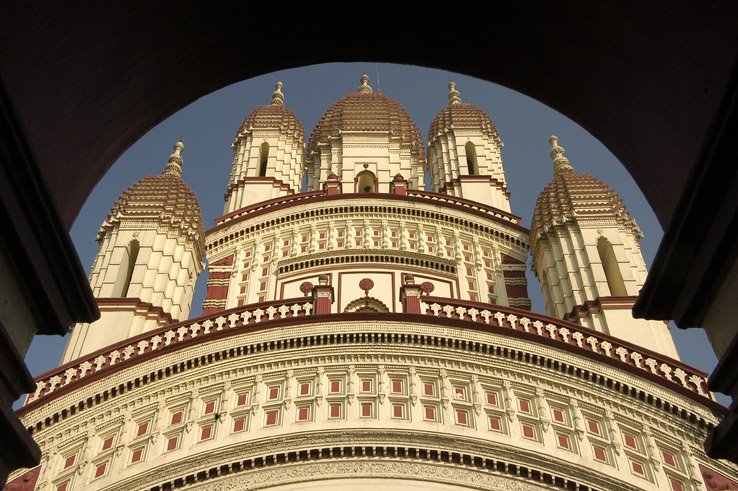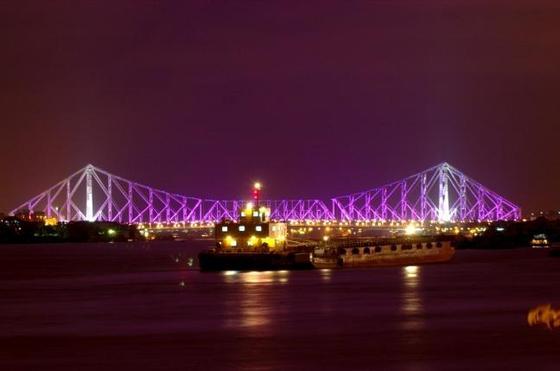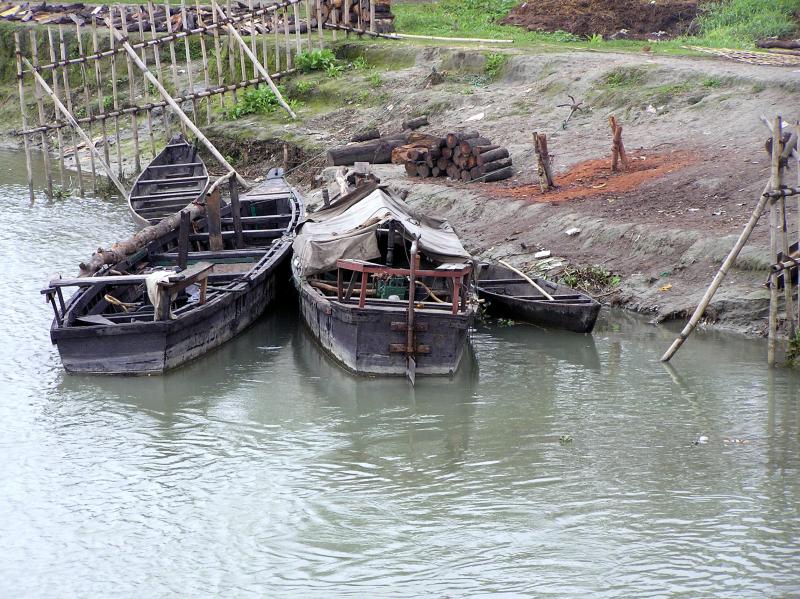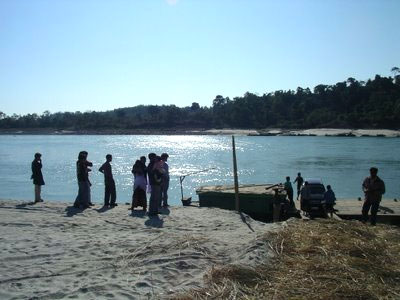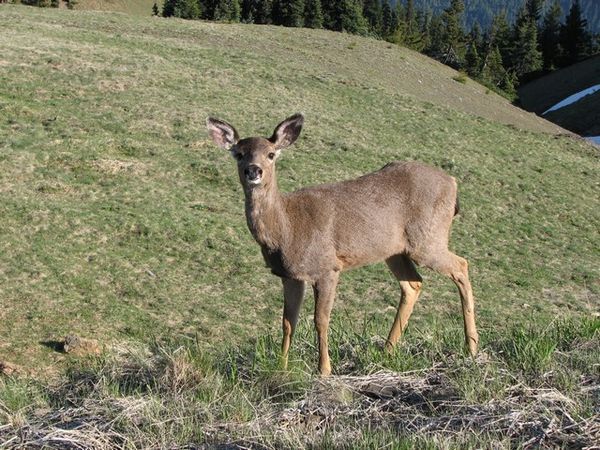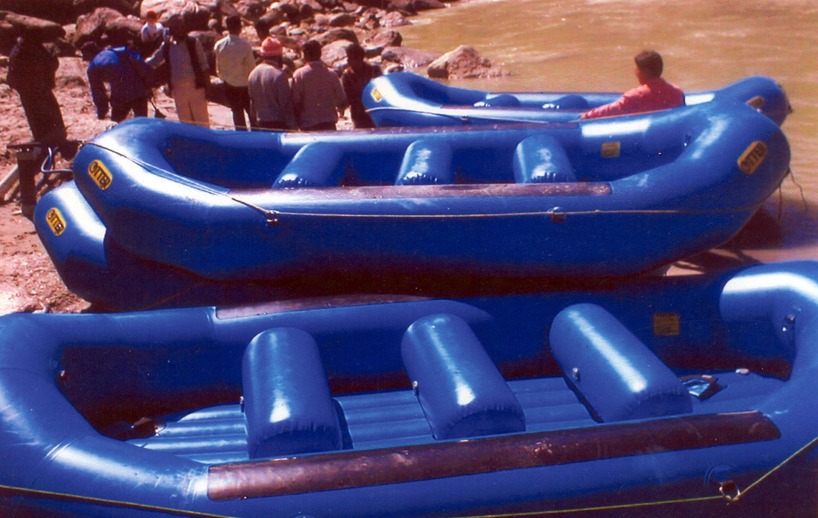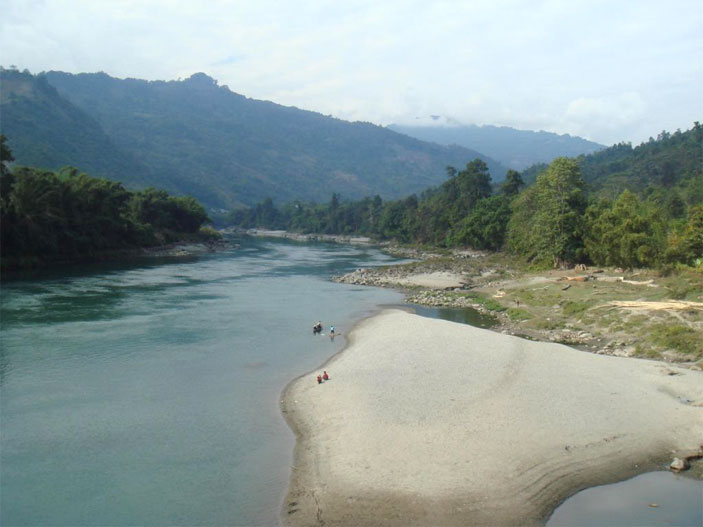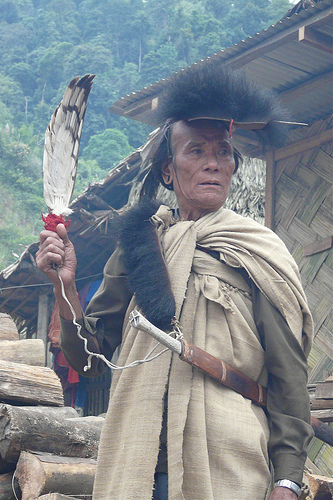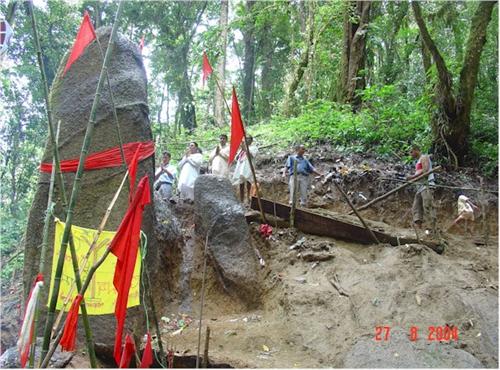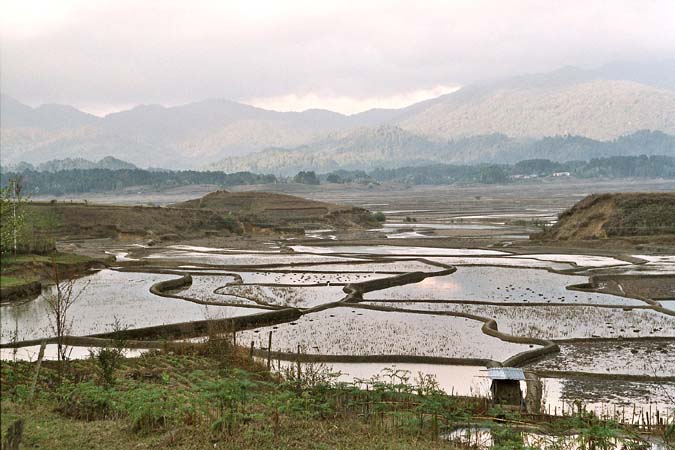Unexplored Arunachal
Kolkata-Dibrugarh-Pasighat-Reh-Yembung-Daporijo-Ziro-Itanagar-Tezpur-Shillong-Guwahati-Kolkata
Day 1: Kolkata
 Upon arraival You are met outside the International Arrivals Hall and transferred to Hotel for overnight stay.
Upon arraival You are met outside the International Arrivals Hall and transferred to Hotel for overnight stay.
Day 2: Kolkata
 After breakfast depart for a tour of Kolkata. A mere village in the 17th century, Kolkata today is one of the largest cities in the world, one of the largest ports in the East and the main outlet for produce of West Bengal and neighbouring states. The city was built around Fort William, with a huge Maidan surrounding it. The main building on the Maidan is the <a class="PIInfosoft-placeName" onclick="openAttractionDescriptionPopup('en', 'VTM','CCU','IND','India');" data-target="#PopUp5" href="javascript:void(0)" data-toggle="modal">Victoria Memorial</a>, a massive domed building of white marble which houses a collection of Victoria memorabilia, as well as objects and documents related to the history of Bengal. In the park are statues of Queen Victoria, Lord Curzon and other figures of the British Raj. The Race Course, opened in 1819, is the largest in the East. In its central oval are the Kolkata Polo Club grounds where the game has been played since 1861. <a class="PIInfosoft-placeName" onclick="openAttractionDescriptionPopup('en', 'STP','CCU','IND','India');" data-target="#PopUp5" href="javascript:void(0)" data-toggle="modal">St. Paul's Cathedral</a>, a tall white Gothic building with a stained-glass window by Burne-Jones, was consecrated in 1847. Chowringhee, once a jungle path leading to the Kali temple and the Esplanade symbolize Kolkata's past grander with late 19th century buildings. Raj Bhavan (Government House) was built in 1803. Towards the river are the Assembly House, the old Town Hall and the High Court built in 1872 on the model of the Gothic belfry of Ypres in Flanders . In its garden stands a monument to the victims of the 'Black Hole' tragedy. Writers Building, built in the late 19th century, is today the seat of the West Bengal Government. The present General Post Office is located on the site of the first Fort William and a plaque near the main entrance marks the location of the 'Black Hole of Calcutta'. Overnight at Hotel.
After breakfast depart for a tour of Kolkata. A mere village in the 17th century, Kolkata today is one of the largest cities in the world, one of the largest ports in the East and the main outlet for produce of West Bengal and neighbouring states. The city was built around Fort William, with a huge Maidan surrounding it. The main building on the Maidan is the <a class="PIInfosoft-placeName" onclick="openAttractionDescriptionPopup('en', 'VTM','CCU','IND','India');" data-target="#PopUp5" href="javascript:void(0)" data-toggle="modal">Victoria Memorial</a>, a massive domed building of white marble which houses a collection of Victoria memorabilia, as well as objects and documents related to the history of Bengal. In the park are statues of Queen Victoria, Lord Curzon and other figures of the British Raj. The Race Course, opened in 1819, is the largest in the East. In its central oval are the Kolkata Polo Club grounds where the game has been played since 1861. <a class="PIInfosoft-placeName" onclick="openAttractionDescriptionPopup('en', 'STP','CCU','IND','India');" data-target="#PopUp5" href="javascript:void(0)" data-toggle="modal">St. Paul's Cathedral</a>, a tall white Gothic building with a stained-glass window by Burne-Jones, was consecrated in 1847. Chowringhee, once a jungle path leading to the Kali temple and the Esplanade symbolize Kolkata's past grander with late 19th century buildings. Raj Bhavan (Government House) was built in 1803. Towards the river are the Assembly House, the old Town Hall and the High Court built in 1872 on the model of the Gothic belfry of Ypres in Flanders . In its garden stands a monument to the victims of the 'Black Hole' tragedy. Writers Building, built in the late 19th century, is today the seat of the West Bengal Government. The present General Post Office is located on the site of the first Fort William and a plaque near the main entrance marks the location of the 'Black Hole of Calcutta'. Overnight at Hotel.
 Morning transfer to the airport to board your Indian air flight to Dibrughar.Cross the mighty Brahmaputra by ferry and drive to Pasighat, a unique settlement at the exit of the gorge from which the Siang river flows. The Siang is an extension of the Tsangpo river with its origins at Mansarover in Tibet and one of the five major tributaries which form the Brahmaputra river. Overnight at a simple government Rest house/Camp.
Morning transfer to the airport to board your Indian air flight to Dibrughar.Cross the mighty Brahmaputra by ferry and drive to Pasighat, a unique settlement at the exit of the gorge from which the Siang river flows. The Siang is an extension of the Tsangpo river with its origins at Mansarover in Tibet and one of the five major tributaries which form the Brahmaputra river. Overnight at a simple government Rest house/Camp.
Day 4: Dibrugarh
 After breakfast drive for an hour to Ranighat, take a one-hour boat ride across the river and drive for 2 to 3 hours to the village of Aoholi. Overnight in camp.
After breakfast drive for an hour to Ranighat, take a one-hour boat ride across the river and drive for 2 to 3 hours to the village of Aoholi. Overnight in camp.
Day 5: Pasighat - Reh
 Spend the day participating in the Reh festival. Festivals form an essential aspect of the socio-cultural life of the people of Arunachal Pradesh. Since agriculture is the mainstay of the population, the festivals celebrated by the people are closely connected with their occupation, thanking the gods\' providence and prayers for bumper crops. Most festivals have common rituals such as sacrificing of animals, particularly the "Mithun", in the non-bodic tribes. Priests, assisted by some select male members of the community, generally perform these rituals. The special attraction of the Reh Festival, celebrated by the Idu Mishmis, is the priest dance performed through the six-day festival, which comes to an end with great fanfare. Overnight in camp.
Spend the day participating in the Reh festival. Festivals form an essential aspect of the socio-cultural life of the people of Arunachal Pradesh. Since agriculture is the mainstay of the population, the festivals celebrated by the people are closely connected with their occupation, thanking the gods\' providence and prayers for bumper crops. Most festivals have common rituals such as sacrificing of animals, particularly the "Mithun", in the non-bodic tribes. Priests, assisted by some select male members of the community, generally perform these rituals. The special attraction of the Reh Festival, celebrated by the Idu Mishmis, is the priest dance performed through the six-day festival, which comes to an end with great fanfare. Overnight in camp.
Day 6: Reh
 Break camp and depart on the 6 to 7 hour drive through small villages of different tribes, to Yembung. Overnight at a simple government guesthouse/camp.
Break camp and depart on the 6 to 7 hour drive through small villages of different tribes, to Yembung. Overnight at a simple government guesthouse/camp.
Day 7: Reh
 After breakfast depart for Daporijo. The 6-hour journey over a serpentine road offers spectacular panoramic views of the countryside and an insight into the lifestyles of the Tagin, Hill Miri and Adi tribes. Of particular are the Sikoarijo Nishi village and Don, village, home of the Tagins, where traditional medicine is practiced to this day. Overnight in camp or at the government tourist bungalow
After breakfast depart for Daporijo. The 6-hour journey over a serpentine road offers spectacular panoramic views of the countryside and an insight into the lifestyles of the Tagin, Hill Miri and Adi tribes. Of particular are the Sikoarijo Nishi village and Don, village, home of the Tagins, where traditional medicine is practiced to this day. Overnight in camp or at the government tourist bungalow
Day 8: Reh
 After breakfast drive six hours to Ziro, en route at Raga witness BOORIBOOT FESTIVAL the headquarters of the Lower Subansiri district. Situated in the heart of the Apa Tani Valley, at an altitude of 1,572 m, Ziro is one of the most beautiful hill stations in Arunachal Pradesh, fringed by lofty mountains.The drive is through lush forested hillsides and past tribal settlements of the Nishi and Hill Miri. Usually set amidst green surroundings, Nishi settlements consist of widely dispersed long huts made of twilled mats, thatched roofs and flooring of flattened bamboo and are identified by the profusion of pigs and fowls reveling on heaps of rubbish everywhere. A short distance away lie the granaries. The Hill Miri villages are much smaller, with an average village consisting of 8 to 9 houses built on hill slopes. Varying from 60 to 70 feet in length, the longhouse can shelter up to 40 persons.
After breakfast drive six hours to Ziro, en route at Raga witness BOORIBOOT FESTIVAL the headquarters of the Lower Subansiri district. Situated in the heart of the Apa Tani Valley, at an altitude of 1,572 m, Ziro is one of the most beautiful hill stations in Arunachal Pradesh, fringed by lofty mountains.The drive is through lush forested hillsides and past tribal settlements of the Nishi and Hill Miri. Usually set amidst green surroundings, Nishi settlements consist of widely dispersed long huts made of twilled mats, thatched roofs and flooring of flattened bamboo and are identified by the profusion of pigs and fowls reveling on heaps of rubbish everywhere. A short distance away lie the granaries. The Hill Miri villages are much smaller, with an average village consisting of 8 to 9 houses built on hill slopes. Varying from 60 to 70 feet in length, the longhouse can shelter up to 40 persons.
Day 9: Yembung
 Visit to various Villages in habited by Apa Tani tribes. Ziro was a World War II airbase for US and British Forces (the famous Flying Tigers). It was the base for air support for the battle of Kohima and the retake of Burma from the invading Japanese Forces in 1944. The nearby villages offer a glimpse at close quarters of the culture and lifestyle of the Apa Tani, an enterprising and industrious tribal community which inhabits this valley. The Apa Tani villages are remarkable in a country where settlements are not permanent and tribal groups seem to be continuously on the move, for they are all concentrated in this valley. Seven villages, all situated within an hour\'s walking distance of each other, consist of houses built on wooden pile a few feet off the ground. Unlike the Nishi, the Apa Tani are generally polygynous. The men have elaborate tattoos on their faces and wear their hair in a top-knot. Their characteristic circular nose plugs distinguish the women. Overnight at Hotel Blue Pine.
Visit to various Villages in habited by Apa Tani tribes. Ziro was a World War II airbase for US and British Forces (the famous Flying Tigers). It was the base for air support for the battle of Kohima and the retake of Burma from the invading Japanese Forces in 1944. The nearby villages offer a glimpse at close quarters of the culture and lifestyle of the Apa Tani, an enterprising and industrious tribal community which inhabits this valley. The Apa Tani villages are remarkable in a country where settlements are not permanent and tribal groups seem to be continuously on the move, for they are all concentrated in this valley. Seven villages, all situated within an hour\'s walking distance of each other, consist of houses built on wooden pile a few feet off the ground. Unlike the Nishi, the Apa Tani are generally polygynous. The men have elaborate tattoos on their faces and wear their hair in a top-knot. Their characteristic circular nose plugs distinguish the women. Overnight at Hotel Blue Pine.
Day 10: Yembung - Daporijo
 After breakfast depart on the 6-hour drive to Itanagar. In the afternoon visit the Buddhist monastery, Jawaharlal Nehru Memorial museum, the Zoo and the Craft Centre at Naharlagun. Overnight at Hotel Donyi Polo.
After breakfast depart on the 6-hour drive to Itanagar. In the afternoon visit the Buddhist monastery, Jawaharlal Nehru Memorial museum, the Zoo and the Craft Centre at Naharlagun. Overnight at Hotel Donyi Polo.
Day 11: Daporijo
 After breakfast take the 5-hour drive to Tezpur. Overnight at Hotel.
After breakfast take the 5-hour drive to Tezpur. Overnight at Hotel.
 After breakfast depart on the four-hour scenic drive to Shillong. The journey is through hills covered with pineapple and betal plantations and pine forests.Overnight at Hotel Pinewood.
After breakfast depart on the four-hour scenic drive to Shillong. The journey is through hills covered with pineapple and betal plantations and pine forests.Overnight at Hotel Pinewood.
Day 13: Ziro
 After breakfast drive 56 km to Cherrapunjee, reportedly the world's wettest place with 7380 mm of rain per year, which is set amidst deep gorges and roaring waterfalls. On the way a network of limestone caves remain unexplored and are said to lead into Bangladesh. There are small waterfalls down every slope, as also the world\'s fourth tallest, the impressive Nohkailikai Falls. The first British outpost in this part of the country was established here and it also has the oldest Presbyterian Church in the North-East. It is famous for its orange orchards and orange honey. An interesting spot on the way is at Maniphalung, a barren and windy plateau covered with monoliths. On the way back to Shillong, stop at <a class="PIInfosoft-placeName" onclick="openAttractionDescriptionPopup('en', 'AOE','SHL','IND','India');" data-target="#PopUp5" href="javascript:void(0)" data-toggle="modal">Shillong peak</a> which offers a panoramic view of Shillong and the neighbouring hills. Overnight at hotel.
After breakfast drive 56 km to Cherrapunjee, reportedly the world's wettest place with 7380 mm of rain per year, which is set amidst deep gorges and roaring waterfalls. On the way a network of limestone caves remain unexplored and are said to lead into Bangladesh. There are small waterfalls down every slope, as also the world\'s fourth tallest, the impressive Nohkailikai Falls. The first British outpost in this part of the country was established here and it also has the oldest Presbyterian Church in the North-East. It is famous for its orange orchards and orange honey. An interesting spot on the way is at Maniphalung, a barren and windy plateau covered with monoliths. On the way back to Shillong, stop at <a class="PIInfosoft-placeName" onclick="openAttractionDescriptionPopup('en', 'AOE','SHL','IND','India');" data-target="#PopUp5" href="javascript:void(0)" data-toggle="modal">Shillong peak</a> which offers a panoramic view of Shillong and the neighbouring hills. Overnight at hotel.
Day 14: Ziro
 After an early breakfast depart for Guwahati, in time to board 9W612, departing Guwahati at 1130 hours and arriving Kolkata at 1240 hours. You are met on arrival and transferred to Hotel Park. Overnight at Hotel Park.
After an early breakfast depart for Guwahati, in time to board 9W612, departing Guwahati at 1130 hours and arriving Kolkata at 1240 hours. You are met on arrival and transferred to Hotel Park. Overnight at Hotel Park.

 Mid morning transfer to the airport to board flight.
Mid morning transfer to the airport to board flight.